Contact Me: howtopbestinfo@gmail.com
Contact Me: howtopbestinfo@gmail.com
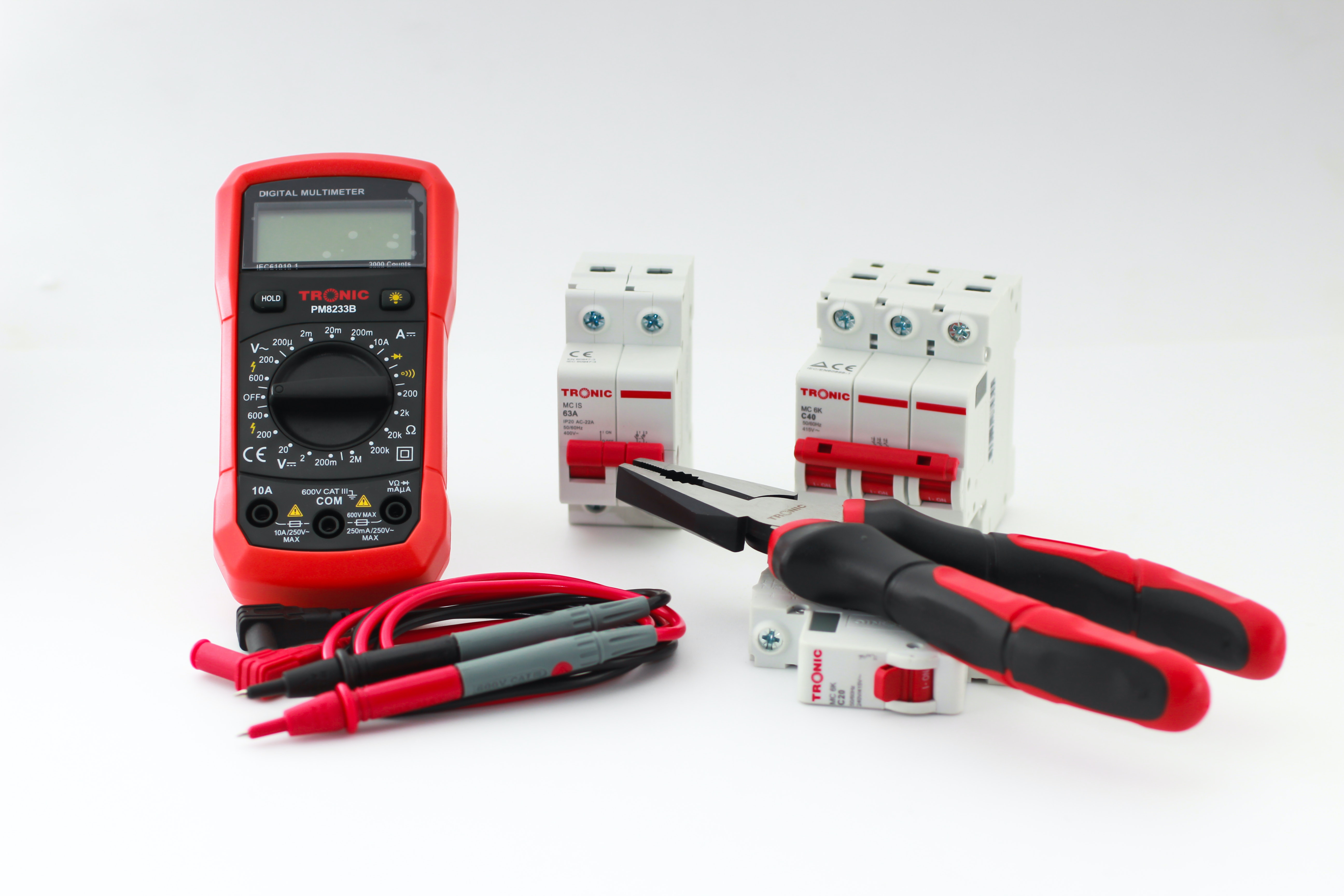
A multimeter is an electronic device used to measure electrical properties such as voltage, current and resistance. It's one of the most versatile pieces of test equipment available for use in a wide variety of applications including troubleshooting automotive systems, inspecting industrial machines or simply testing household electronics components.
Multimeters are typically composed of two main parts: an analog display that shows readings from probes connected to it; and a digital readout which can provide even more precise measurements with additional features like frequency counter capability or data logging functions.
The benefit provided by having access to this type tool lies in its ability to accurately diagnose problems quickly without needing extensive knowledge about complex circuitry design concepts..
By connecting leads between the meter’s input terminals (positive/negative) and various points on any given circuit board, technicians have quick visual confirmation regarding whether power sources are providing sufficient output levels for proper operation along with other critical parameters related directly back into operational safety considerations such as insulation integrity across wires sets leading out towards user touch-points exposed through enclosures etc...
Additionally users may also make direct contact connections using probes so they don't need risk coming close enough potentially dangerous voltages while still being able verify system performance under extreme load conditions.
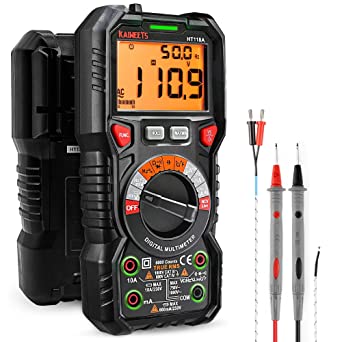
Best value overall, this is the greatest option for all buyers who want the best quality product.
Buy it on Amazon
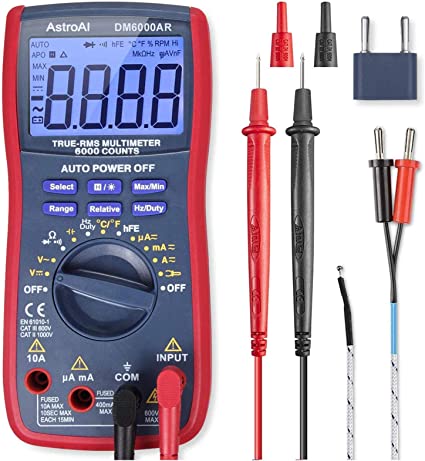
Also very good option for users who are serious about high standard and taste.
Buy it on Amazon

Strike a perfect balance between price and quality, this item is for people who want both.
Buy it on Amazon
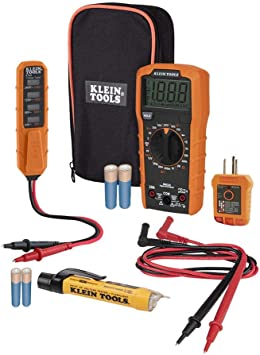
Perfect Alternative for products other than those mentioned above, give it a try!
Buy it on Amazon
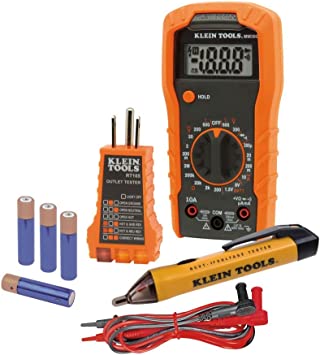
Affordable price and well accepted quality, great deal for who have a tighter budget.
Buy it on Amazon
A multimeter is a device used to measure electrical properties such as voltage, current, and resistance. It has been an essential tool for engineers since its invention in the early 20th century.
The first rudimentary form of this instrument was developed by American physicist John Ambrose Fleming in 1924 when he invented the vacuum tube voltmeter (VTVM). This VTVM could be used to accurately measure small amounts of electricity but lacked the ability to test out circuits or determine if wiring had continuity.
Subsequent developments over time saw more features added including low-voltage ranges and direct amperage readings among others leading up today’s modern digital multimeters which are much easier to use than their predecessors while also offering greater accuracy and reliability during testing operations due largely thanks advancements made possible through integrated circuit technology throughout most part of last century..
Multimeters have become ubiquitous tools found not only on electronics workbenches across industries ranging from automotive repair shops all way home hobbyists tinkering with DIY projects alike proving just how influential they can truly be no matter what field one may find themselves working within!
From helping diagnose faulty electronic components troubleshoot issues arising from complex systems these indispensable devices continue play vital role keeping world ticking along..
To sum up, a multimeter is an essential tool for anyone looking to work on electrical projects. It can be used in many different scenarios ranging from quick checks at home to more advanced and professional applications. The key benefits of owning one are that it allows you to measure voltage, current and resistance as well as test continuity which makes troubleshooting easier; plus they often come with additional features such as non-contact voltage detection or temperature measurements depending on the model purchased.


Etiam porta sem malesuada magna mollis euismod. Cras mattis consectetur purus sit amet fermentum. Aenean lacinia bibendum nulla sed consectetur.
2045-07-06 00:00:00.000000
2045-08-05 00:00:00.000000
2045-08-06 00:00:00.000000
2045-08-08 00:00:00.000000
2045-09-04 00:00:00.000000